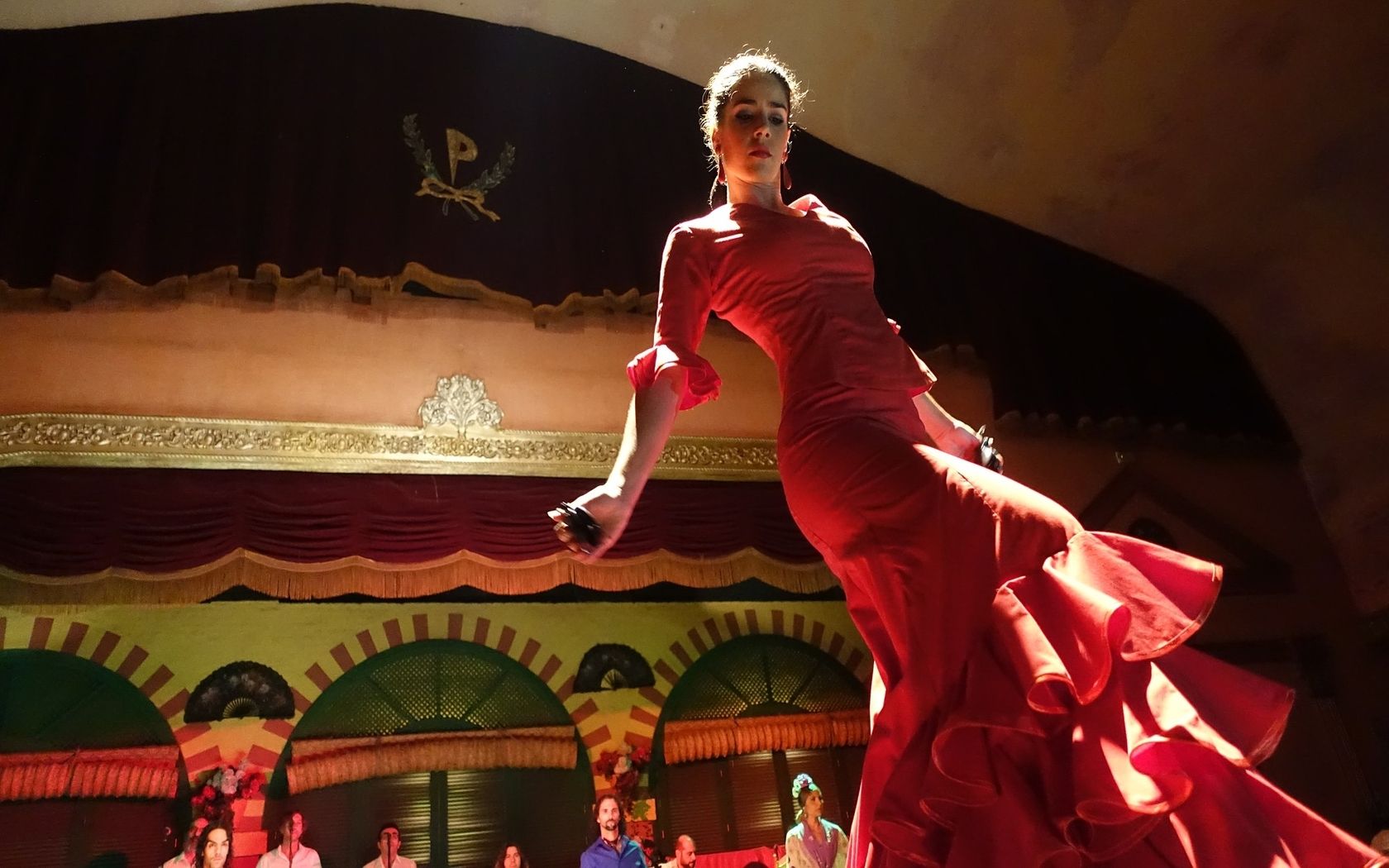Flamenco dancing has played an integral part in Spain’s culture for hundreds of years. The combination of fancy costumes, singing, acoustic guitars, rhythmic clapping, stomping, and graceful twirling make for a very dramatic performance. If you’ve been seduced and fancy yourself as a flamenco dancer, the good news is that anyone can learn to dance flamenco. Here are some tips on how to perfect your style.
A brief history
One of the first things you notice about Flamenco dancers is the way they perform with such intense concentration, passion and energy that they look like they’re suffering. This relates back to the history of flamenco, which emerged during the Spanish Inquisition. When the monarchy ordered that all non-Catholics must convert in 1492 and 1502 or otherwise be punished, it’s believed that the repressed Muslims, Jews and Gypsies came together in support of one another and developed a folk dance that expressed the spirit of revolt against oppression. Understanding the culture and depth of emotion attached to the dance is just as important as knowing the steps.
Trust yourself and let your inhibitions go
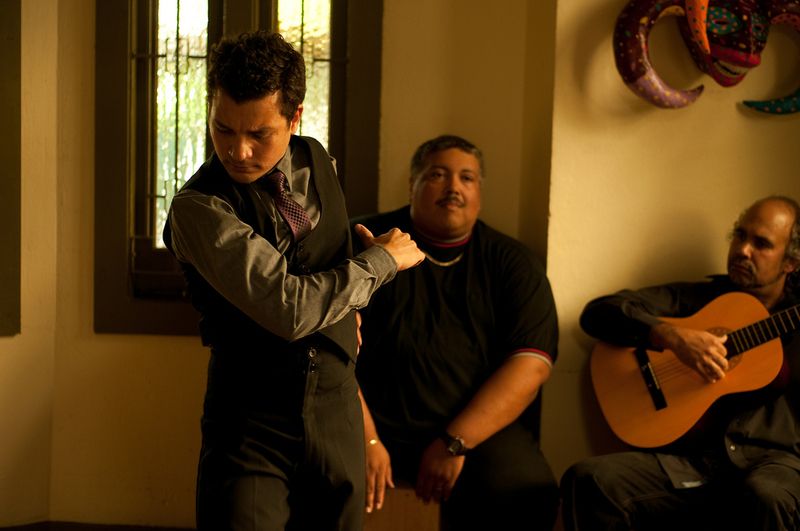
It doesn’t matter that you’re not born of Spanish blood or don’t have any prior dancing experience. Any body type can try their hand at dancing flamenco. The best dancers are those who know their bodies and aren’t afraid to take a risk so trust yourself and your body. There’s no room on the floor for shyness. You might feel silly at first yelling and clapping and trying to remember all the dance moves but just go with the flow.
While there are basic steps to learn, there’s no set method to flamenco dancing. It is one of the most expressive, emotional forms of dance that goes beyond a mere sequence of moves. Dance with your gut and channel your most theatrical side.
Listen to the music
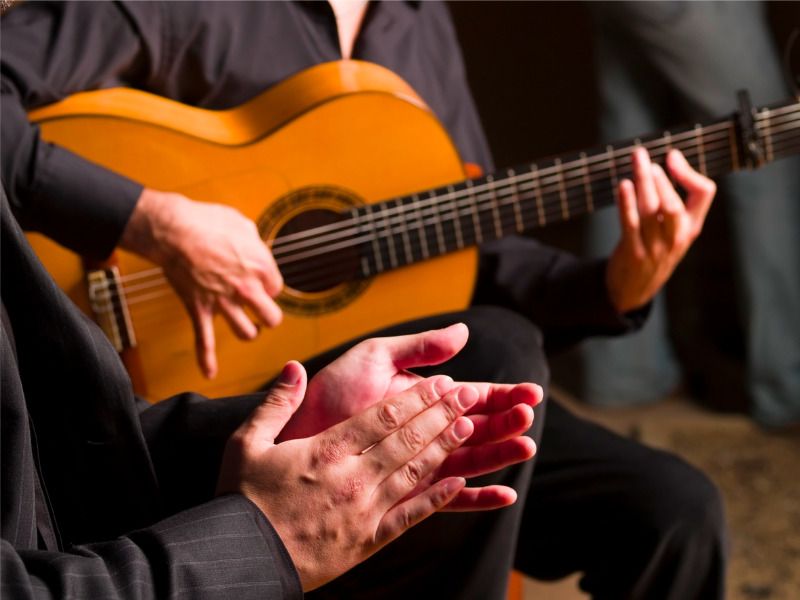
Take time to really listen to flamenco music, both when you’re dancing and when you’re not, as it will help fine-tune your ear to the different rhythmical sounds. Try to identify the palo (flamenco style) that you’re listening to and practice your palmas (flamenco hand clapping) at the same time.
It’s all about the aire
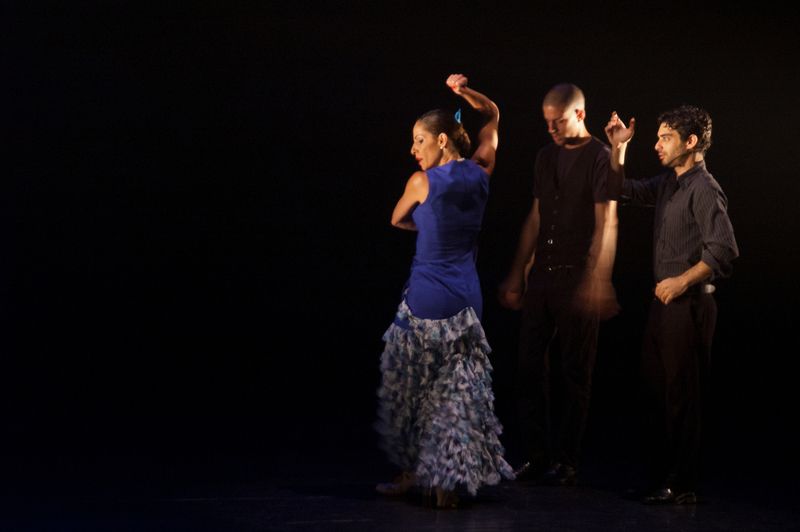
You might have honed your flamenco moves and technique, but this doesn’t mean anything unless you have aire. When someone talks about a flamenco dancer having lots of aire, it means that he/she portrays the true flamenco spirit. This comes from having bravado, being in your body and firmly believing that you have a talent to show off.
Sing loudly at any moment
There’s something about singing out loud that helps you let go and loosen up. When you’re on your own, sing or hum your favorite song loudly or even just practice exhaling loudly and feeling the vibrations. You could also learn to sing a flamenco letra (verse) from your favorite palo.
Always look at yourself in the mirror
Staring at yourself in the mirror when you dance might feel awkward at first, especially when you’re trying to focus on your body positions and steps at the same time, but it will help you gain more confidence and aire. Don’t let your eyes wander but look straight at yourself and channel that flamenco boss inside of you.
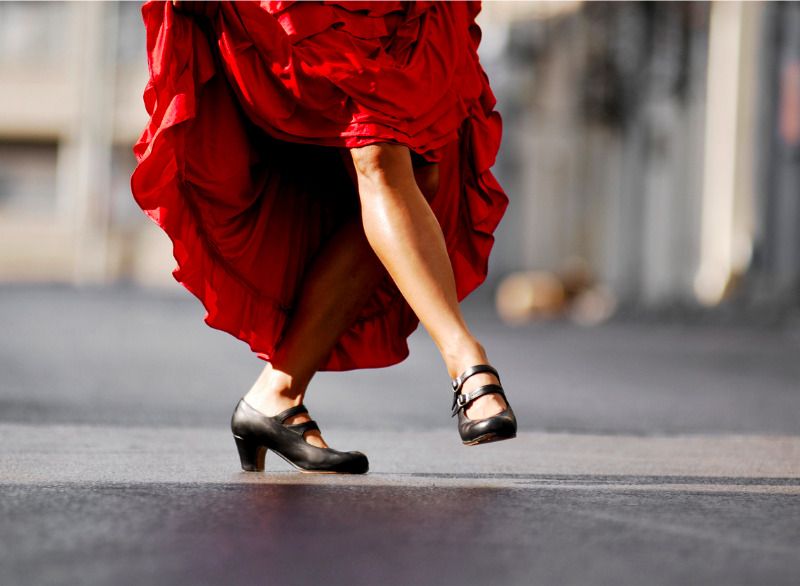
As a beginner, you’ll just need comfy workout gear and sturdy footwear but as you progress, you might want to introduce some of the flamenco uniform into your practice to help you get into the part. If you’re female, wear a leotard and a long full skirt, as the skirt is an important part of the performance, while males should stick to loose-fitting clothing that allows you to move freely. The flamenco shoe is a special heeled shoe with nails on the soles of the toes and heels that make a sound with each step and add some pizazz to your stomp. You can find them in any local dance shop or online.
Watch professional flamenco regularly for inspiration
Taking flamenco classes will provide you with the basics but extra inspiration is needed to really perfect your skills. Just like with any sport, watching professionals in action will inspire your creativity. Head down to your nearest tablao. If you’re in Madrid, check out La Quimera, Corral de la Morería or Villa Rosa.
Got any other pearls of wisdom for dancing flamenco? Tell our readers about them in the comments section below.
Originally published on Ailola by Sophie Lloyd on November 20, 2018.
